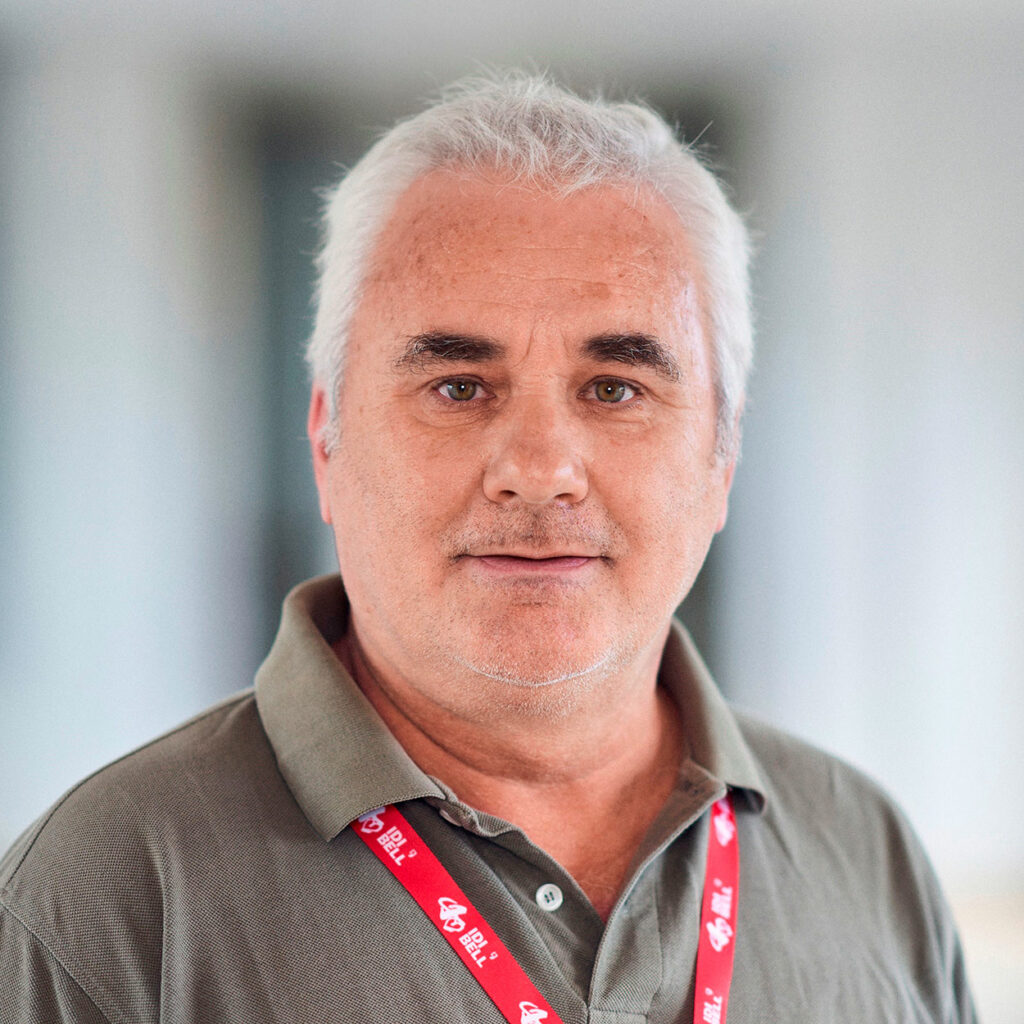
Facultyseminar: Matrix matters: The silent maestro of zebrafish heart regeneration
Angel Raya
Stem Cell Potency group
13/06/2025
13:00-14:00
Aula Blava
Abstract
How does the zebrafish heart regenerate so flawlessly, while human hearts fail to repair themselves? The answer may lie in the hidden language of the extracellular matrix (ECM). Recent breakthroughs reveal that dynamic changes in ECM stiffness critically regulate this process. This talk will explore how a spatial stiffness gradient emerges during regeneration, creating a mechanical blueprint that links cardiomyocyte proliferation to directed migration. Disrupt this gradient, and regeneration collapses—even as proliferation continues unchecked. We’ll uncover how this stiffness gradient not only guides cell movement but also acts as a stop signal, ensuring timely termination of regeneration. By decoding this biomechanical dialogue, we gain more than just insight into zebrafish regeneration—we uncover potential keys to unlocking cardiac repair in humans.
Hosted by Jordi Guiu Cell plasticity and regeneration group
Short Bio
Prof. Angel Raya holds an MD and a PhD from the University of Valencia. He pursued postdoctoral training at the Instituto de Investigaciones Citológicas (currently, Centro de Investigación Príncipe Felipe) in Valencia, from 1995 to 2000. He then was a Research Associate (2000-2004) and a Senior Research Associate (2004-2006) at the Gene Expression Laboratory of the Salk Institute for Biological Studies, La Jolla, CA (USA). He returned to Spain in 2006 as an ICREA Research Professor. He was CMRB´s Scientific Coordinator until 2009, when he joined the Institute for Bioengineering of Catalonia (IBEC) as group leader of the Control of Stem Cell Potency Group. In 2014 he was appointed Director at CMRB. Research in Prof. Raya’s group aims to understand the tissue, cellular and molecular mechanisms that determine the regenerative
response in certain species of vertebrates, as well as the genetic and epigenetic mechanisms that control cellular reprogramming. This phenomenon provides a link between the traditional study of epimorphic regeneration and the induced pluripotency strategies of regenerative medicine.
